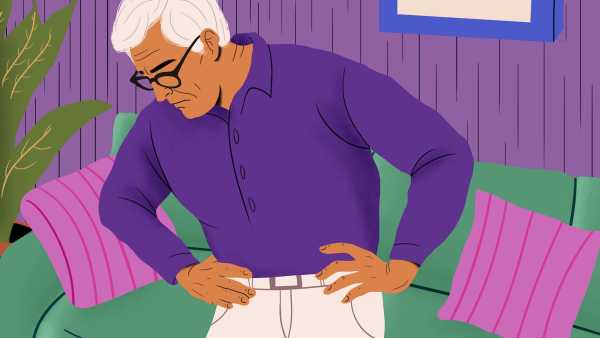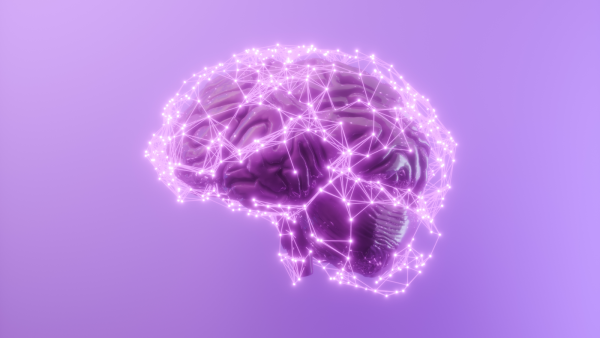
(Image credit: Fernando Trabanco Fotografía/Getty Images)
Researchers claim that 3D-printed penises could be used to treat erectile dysfunction.
In a study published March 4 in the journal Nature Biomedical Engineering, scientists created a 3D model of the penis using a special type of hydrogel that was able to mimic a natural erection.
They then implanted parts of the artificial penis into rabbits and pigs with erectile dysfunction, and within weeks the animals were able to mate and reproduce. The researchers say the technology could one day help people suffering from penile injuries and erectile dysfunction.
Natural penises are made up of two columns of erectile tissue known as the corpora cavernosa, which run parallel along the top of the shaft. Below them is a single corpus cavernosa called the corpus spongiosum, which encloses the urethra. A thick, fibrous layer of tissue called the tunica albuginea covers the corpora cavernosa and holds them together.
When aroused, the arteries in the penis dilate, allowing blood to flow into the corpora cavernosa. This causes them to swell and hold them taut within the tunica albuginea, and the penis becomes erect. The expanding corpora cavernosa also compresses the veins that drain blood from the penis, creating an obstruction to blood flow and maintaining an erection.
Sometimes men have difficulty achieving or maintaining an erection—this is called erectile dysfunction, and it can be caused by several factors, such as nerve damage, hormonal imbalances, or problems with blood flow due to damage to the tunica albuginea or corpora cavernosa. It’s a common condition: According to the National Institutes of Health, 40% of cisgender men over 40 and 70% of men over 70 report having erectile dysfunction. The condition especially affects older men.
A condition known as Peyronie's disease, caused by the formation of fibrous scar tissue within the tunica albuginea, can also lead to erectile dysfunction, or painful, crooked erections, and is thought to affect between 6 and 10% of men, according to the British Association of Urological Surgeons. Both erectile dysfunction and Peyronie's disease can negatively impact physical and mental health, sexual function and overall quality of life.
In the latest study, the researchers 3D-printed the main structures of the penis using a soft, water-based material called hydrogel, which can expand and hold water to form a model of the corpora cavernosa, corpus spongiosum, and tunica albuginea. The model successfully produced an erection when filled with a blood substitute, allowing the researchers to study the structural problems that lead to erectile dysfunction.
The scientists modified the printed models of the corpora cavernosa by seeding them with cells from a rabbit penis, and then transplanted them into the penises of rabbits with defects. The same was done with pigs, where the model was filled with pig cells. Seeding the model with cells from natural penises was supposed to prevent the animals’ immune systems from rejecting the implant. After just a few weeks, it was found that the implanted animals could achieve erections, have sex, and reproduce successfully.
“These results highlight the potential clinical applications of biomimetic corpora cavernosa (BC) for the treatment of penile injuries,” the researchers note in their paper. “Moreover, this study advances the clinical application of 3D-printed artificial organs.”
The scientists stress that this model is not an ideal replacement for a real penis transplant from a donor, as it does not repair damaged nerves, blood vessels or the urethra. However, they hope to develop 3D-printed penis models in the future that include these important structures.
The technique could be an alternative to human penis transplants, which have only been performed a few times and
Sourse: www.livescience.com





